5 of our favourite reader food memories
In September, we asked our readers to share their most treasured food memories. We hoped to publish them all but we received 30 pages of stories! So instead, we’ve selected 5 of our all-time favourites that we think you all will enjoy. Thank you to everyone who entered – our team loved reading your precious stories, and they inspired us to keep doing what we do!
Fatcakes
“My most favourite dish I have ever had has to be the one my granny made: fatcakes filled with mince meat. It had a bit of spicy sauce in it that dripped out of your mouth with the juicy mince in it. The fatcakes were as big as a slice of pizza, very crunchy and soft at the same time. They had a bit of sweetness to them, mixed with the most delicious spices I have ever tasted. When I took a bite of it for the first time it tasted like HOME, it was definitely made with love by my granny.” – Lesego Mahlare
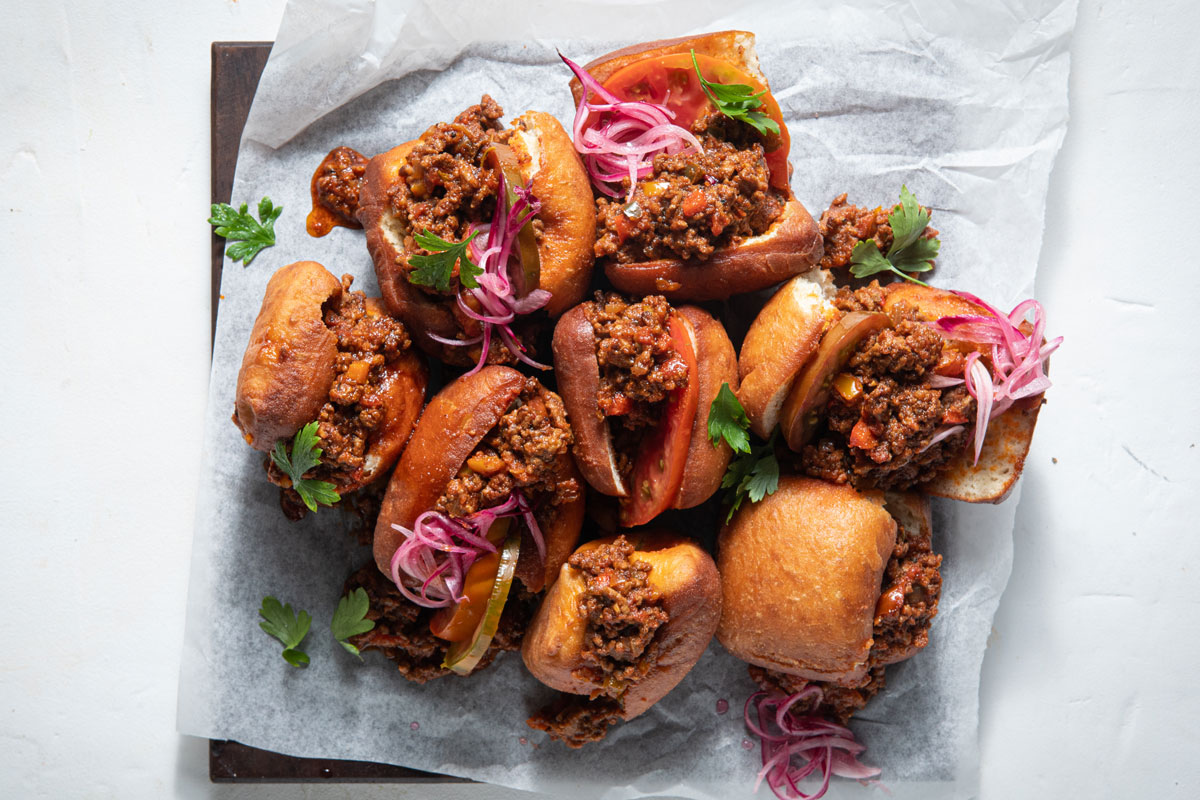
Image: Khanya Mzongwana's vetkoek with mince. Find the recipe here.
Gogo’s sour mabele porridge
“My most treasured food memory is going to granny's house (KaGogo) where all the grandchildren spent their June school holidays. We would wake up early in the morning to sweep the yard while my aunt cleaned the house, boiling water on the stove so we could eat sour mabele porridge. At midday we helped in the vegetable garden and enjoyed amaselwa (gourds) and ubhatata (sweet potatoes). In the evening, we'd eat sour pap – either maize pap or mabele with ligusha (Jew's melon), okra, pumpkin leaves with peanuts, and hardbody chicken with peanuts. I loved going to KaGogo during the holidays to enjoy the comforting food and company of my cousins.” – Simphiwe Khoza
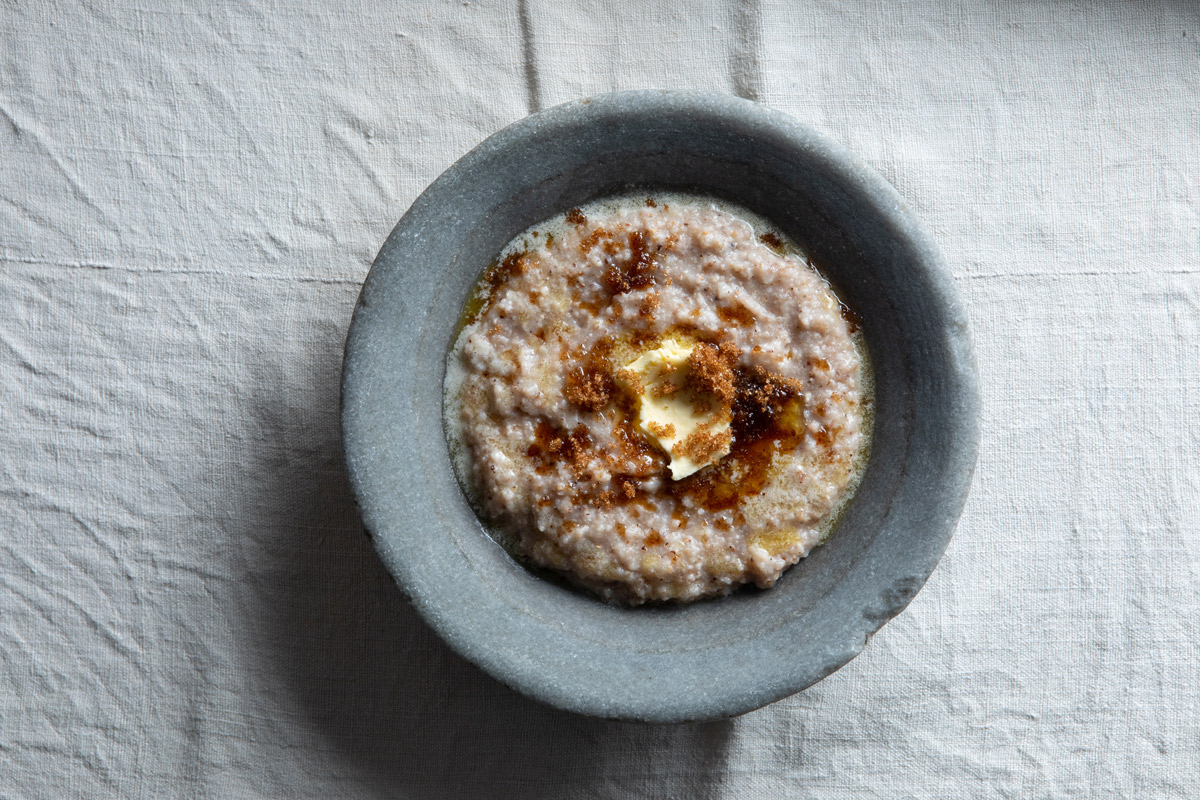
Image: Lesego Semenya's Ting ya mabele. Find the recipe here.
The sweetest soetkoekies
“There is a family recipe I carry close to my chest as a locket. For me, its memory stems from my childhood in the 80s and 90s. I remember this: a round, bountiful Tupperware with geometric prints that my mind can still trace out. It sat on the top of the fridge at my grandmother's house and was lowered within the reach of grubby children's hands as we walked in the door. Inside it were what we called “pointies” – round, sweet biscuits that my grandmother methodically cut out using a pointed cookie cutter. There could be no plainer biscuit, but we ate them by the fistful, my hyper-neat grandmother following us with a Dustbuster as we scattered crumbs around her carefully curated home. They were magical in that they never seemed to run out but, if one of the grandchildren was lucky enough to be present when they did, they would receive the honour of making them alongside her.
My grandmother died when she was fairly young, and shockingly quickly. Still reeling from her passing, I remember paging through the old collection of recipes she passed onto me when she started to get sick, sniffing for signs of her in its pages. Of course, I was searching for those sweet, buttery biscuits she made for us, that had now long since run out. Yet these delicacies weren't visible to my untrained eye. I only knew my comfort foods by the childish nicknames I gave them.
There was Beatrice's bread and Cecilie's scones. Sandrine's soup and Janneke's tuna tart. Strangest of all, I found a grandmother I didn't recognise in the recipe book's pages. Our English family knew her as Elizabeth, but here, handwritten recipes were addressed to 'Elsa'. Butter was called “botter” and eggs, “eiers”.
Of course I knew the often told legend of my grandmother, but had long forgotten it. She had come to the city from an Afrikaans farm in the Free State, married an English man and had only ever spoken English to her children. For reasons only known to her, she had left that aspect of her culture behind. Now, the language of her childhood lived on in these tender instructions.
Through a process of trial and error, I narrowed down the recipe to “soetkoekies” and started making them for my own family. Not only do they taste as good as I remember, but the recipe itself is miraculous. Simple additions like cream of tartar make the dough elastic enough for little hands to help me bake it. The dough goes on and on, filling my own Tupperware to the brim – perfect for school holidays and birthday parties. I say a little prayer to my grandmother each time before baking, and think she would smile at seeing the great-grandson she never met enthusiastically (and messily) roll the dough while I follow him around with a Dustbuster. I always make a batch on her birthday and the anniversary of her passing for my father, so his mother never feels too far away.
Last weekend, I made the recipe again for my son's birthday party. I watched as children walked away from the table, holding handfuls of pointies.
"What is in these biscuits?" one asked me.
"Something magical," I replied.
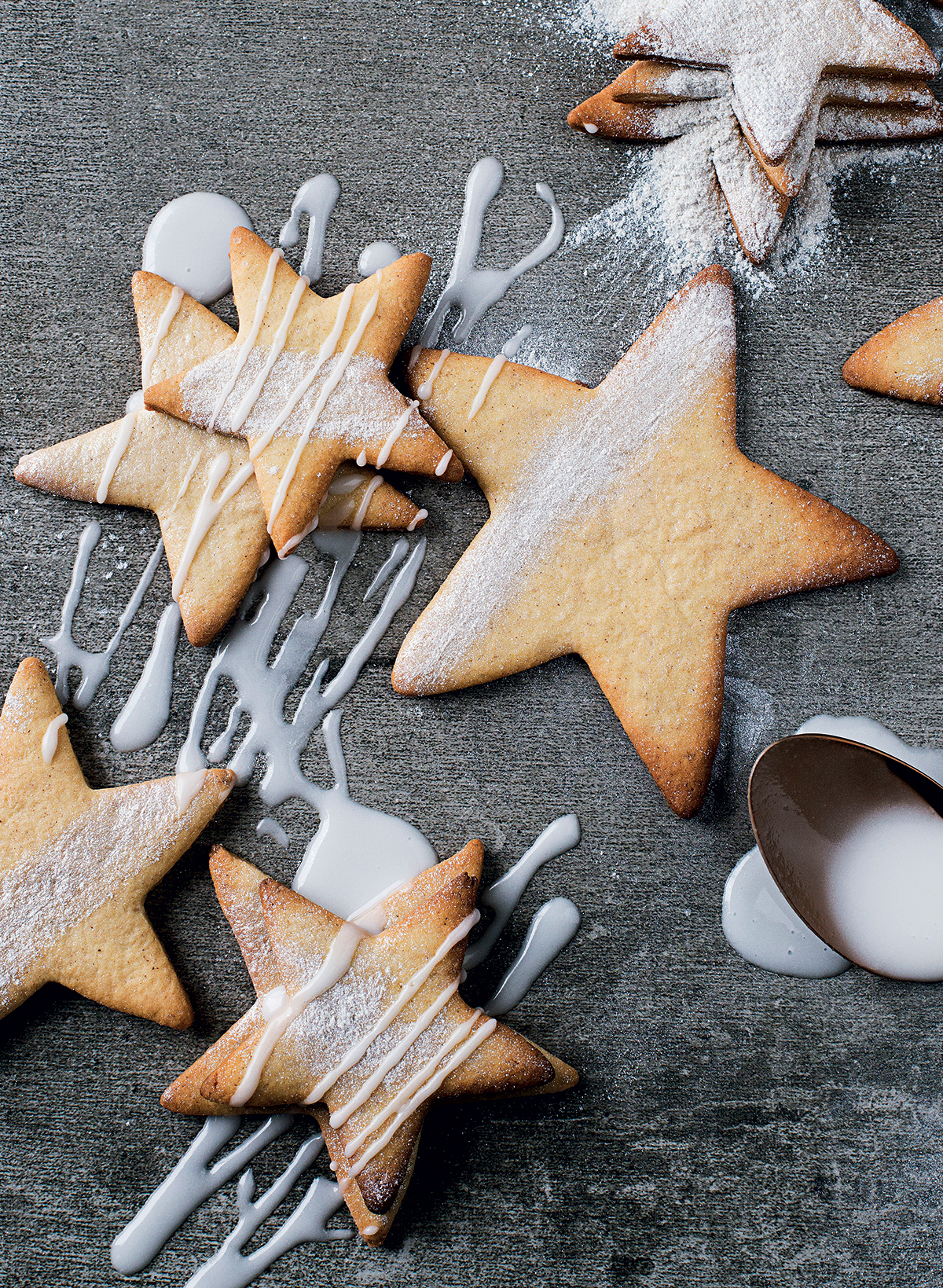
Image: Chiara Turilli's Starry soetkoekies. Find the recipe here.
Recipe
250 g butter
3 cups flour
2 eggs
1 t bicarb
2 t cream of tartar
vanilla essence (no directions in the original, be liberal)
1 cup sugar
Method:
Mix all dry ingredients.
Add butter.
Add eggs one at a time.
Chill for at least one hour or until dough is easy to handle.
Knead and roll out.”
– Amy Heydenrych
Mum’s lamb curry
“I recall my seven-year-old self waking up to my mom making Sunday lunch. The moment I stepped into the kitchen my senses were greeted with an intoxicating medley of warm and inviting scents. The air heavily fragranced with spices like cumin, coriander and cardamon mingled with earthy notes of garlic and ginger. Lunch time could not come any sooner. My mum would serve the tender pieces of succulent lamb cooked to perfection with the fluffiest rice. The first mouthful of the curry is a symphony of flavours dancing in your mouth causing a taste bud explosion. I always say that eating lamb curry is always best eaten Indian-style with your fingers. In the 21 years that I have been married I have only recently attempted cooking lamb curry, the only reason for that is not being able to keep up to my mum's standard. I received the biggest compliment from my son saying that the lamb curry tastes exactly like his granny's – that made my Sunday and the beginning of creating food memories for my son.
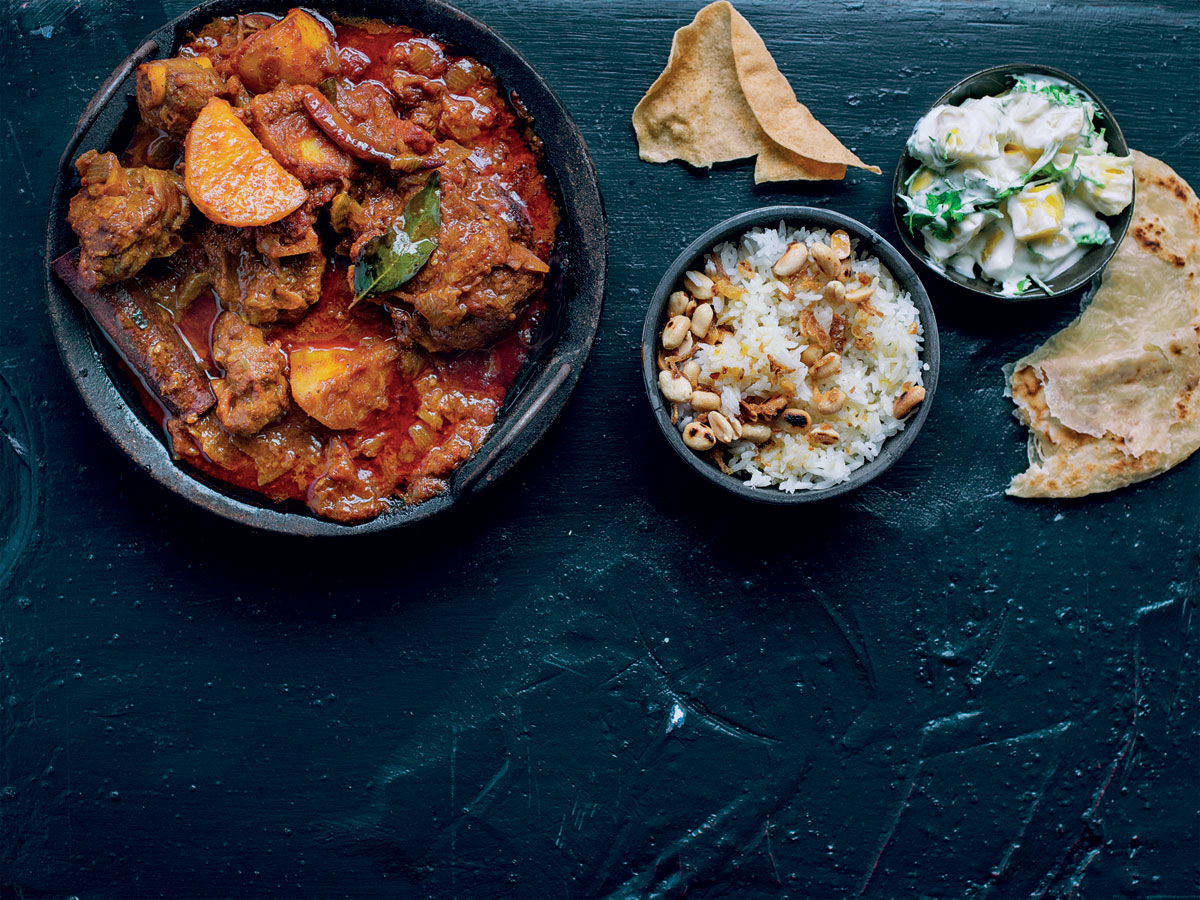
Image: Abigail Donnelly's Indian lamb on the bone. Find the recipe here.
Here is the recipe for Mum’s sumptuous lamb curry:
3 T vegetable oil
1 large onion, finely chopped
curry leaves
bay leaves
star anise
1 stick cinnamon
3 T curry powder (depending on your heat preference)
3 t garam masala
3 t ground cumin
3 t ground coriander
2 tomatoes, chopped - leave the skin on
2 t garlic finely chopped
2 t ginger finely chopped (or use 2 t garlic-and-ginger paste)
1 kg lamb leg, chopped into pieces
1 t salt
4 potatoes, cubed
chopped fresh coriander
Method
1 Heat the vegetable oil in a large pot. Add the onion and sauté until glossy. Add the curry leaves, bay leaves, star anise and cinnamon and fry for about 3 minutes, being careful not to burn the onions.
2 Add the curry powder, garam masala, cumin, tomatoes, ginger and garlic. Add a little water to allow a rich sauce to form and simmer for about 3 minutes.
3 Add the lamb and salt to taste. Turn the stove down to a gentle simmer and cook for about 1 hour until the lamb is half cooked. If the curry becomes dry during this hour, add up to 1 cup of cold water. After the hour is up, add the potatoes with another 2 cups of warm water (or just until the potatoes are slightly covered with water ) and cook until they are soft. Just before you are ready to serve, add the chopped coriander and let the curry rest for 10 minutes. Best served with fluffy rice.
– Privani Pillay
The winning memory:
“One of my earliest, favourite memories of food is when we were little and our famous family outing was a trip to the beach, which meant a long drive to the South Coast. A few families got together and packed up all the necessary items for the trip and my mum or one of the other ladies cooked a pot of breyani for our lunch.
This pot was carefully covered and wrapped up in newspaper and tablecloths, to keep warm until lunchtime. It was the only picnic we knew. We played in the water and the sea sand without a care in the world, until the pot lid opened and the aroma of the breyani floated through the air, suddenly we were hungry!
The water we carried from home in recycled bottles was used to wash our hands before the breyani was dished up for us on paper plates. We also had cooldrinks, such a treat! The breyani always tasted delicious and it was always done to perfection, no matter who cooked it. I will never forget that feeling of sitting on the warm sand, watching and listening to the waves crashing on the shore, while enjoying my delicious breyani.”
– Virekha Siusanker
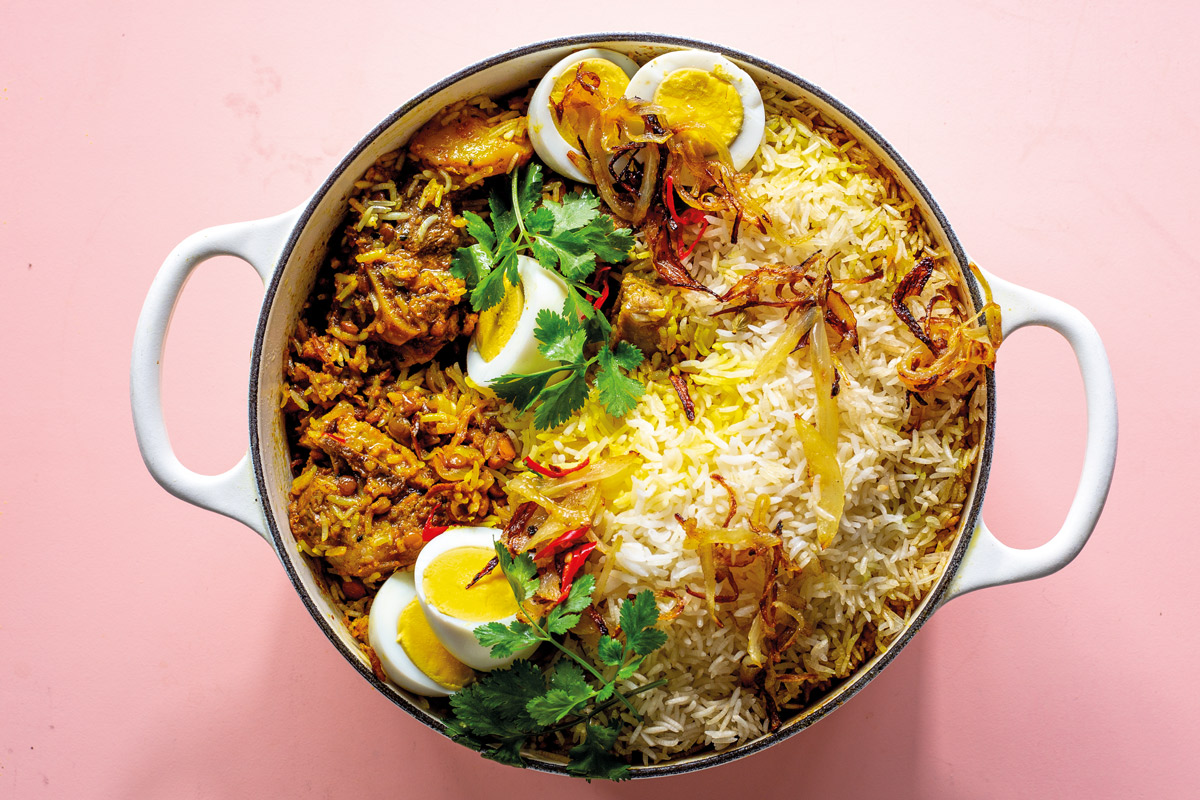



Comments